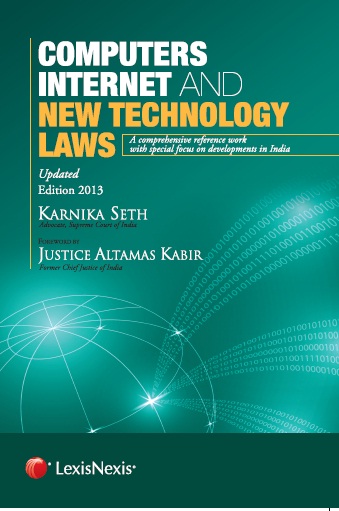Cyber Glossary
Cyberlaw dictionary is an alphabetical reference guide to technical and legal terms related to the Internet. The site you are now browsing contains over 500 definitions of words drawn from Standard Internet English including technical terms and their meanings. Our aim is to explain basic technical jargon of cyberspace to those who are not familiar with its jargon. We've given preference to terms that are widely used, like modem or bandwidth, and to those that describe new concepts specific to the Internet experience such as phishing or sexting.
World Wide Web
(WWW, W3) an extremely large group of computers linked to-gether utilizing many networks, offering information to users via Web servers and browsers. Most of the information found on the Web is formatted in a programming language called HyperText Markup Language (HTML) and trans-mitted using Hypertext Transfer Protocol (HTTP). Navigating the World Wide Web is often as easy as clicking a hyperlink located on one Website leading to another. Though the terms Internet and Web are used interchangeably, there is a distinction between the two. The Internet is actually a global collection of computers linked to exchange information, of which the World Wide Web is a part. The distinction lies in that Web pages are characteristically linked through hyperlinks and most of the information found on the Web is formatted in HTML. The Internet evolved from ARPANET, which was originally a communica-tions tool of the US Department of Defense. The World Wide Web was officially established by Tim Berners-Lee in 1989 at CERN, a research institute in Swit-zerland.














